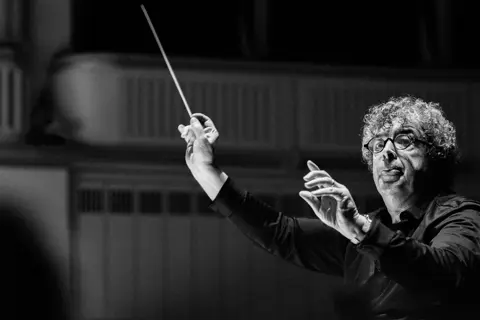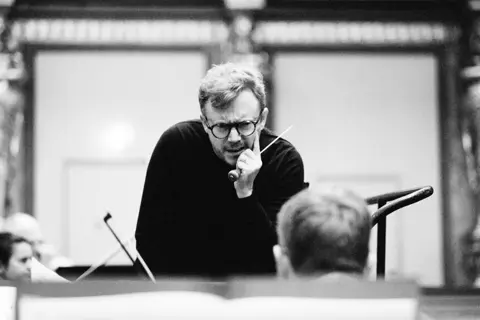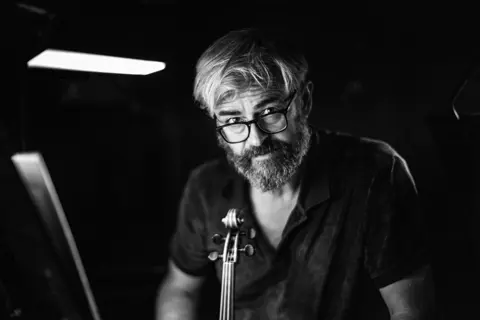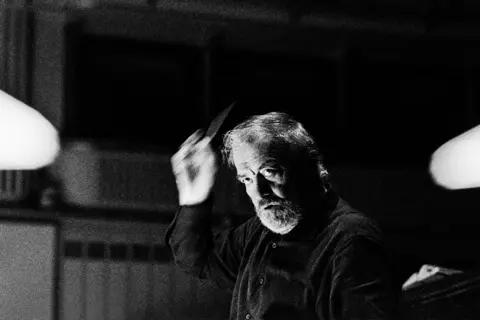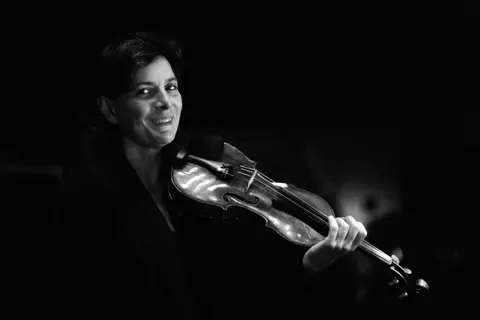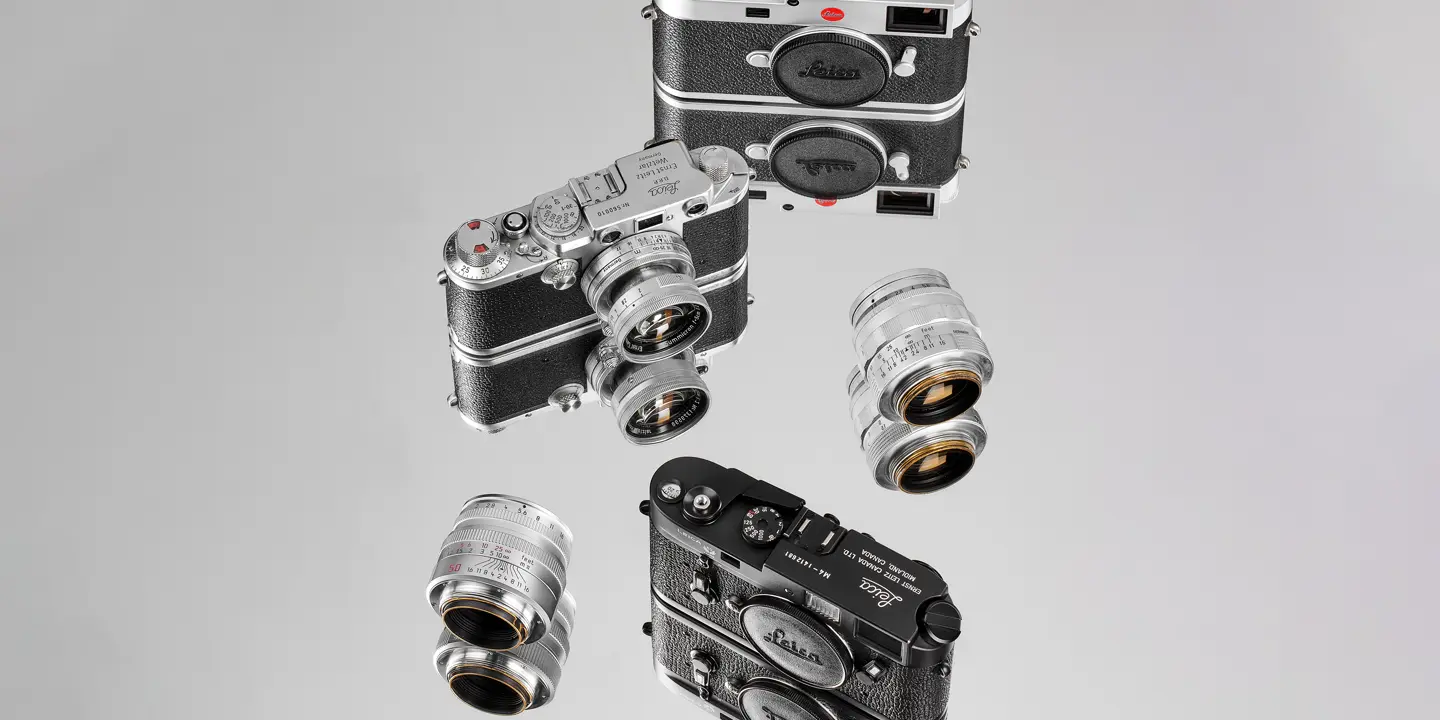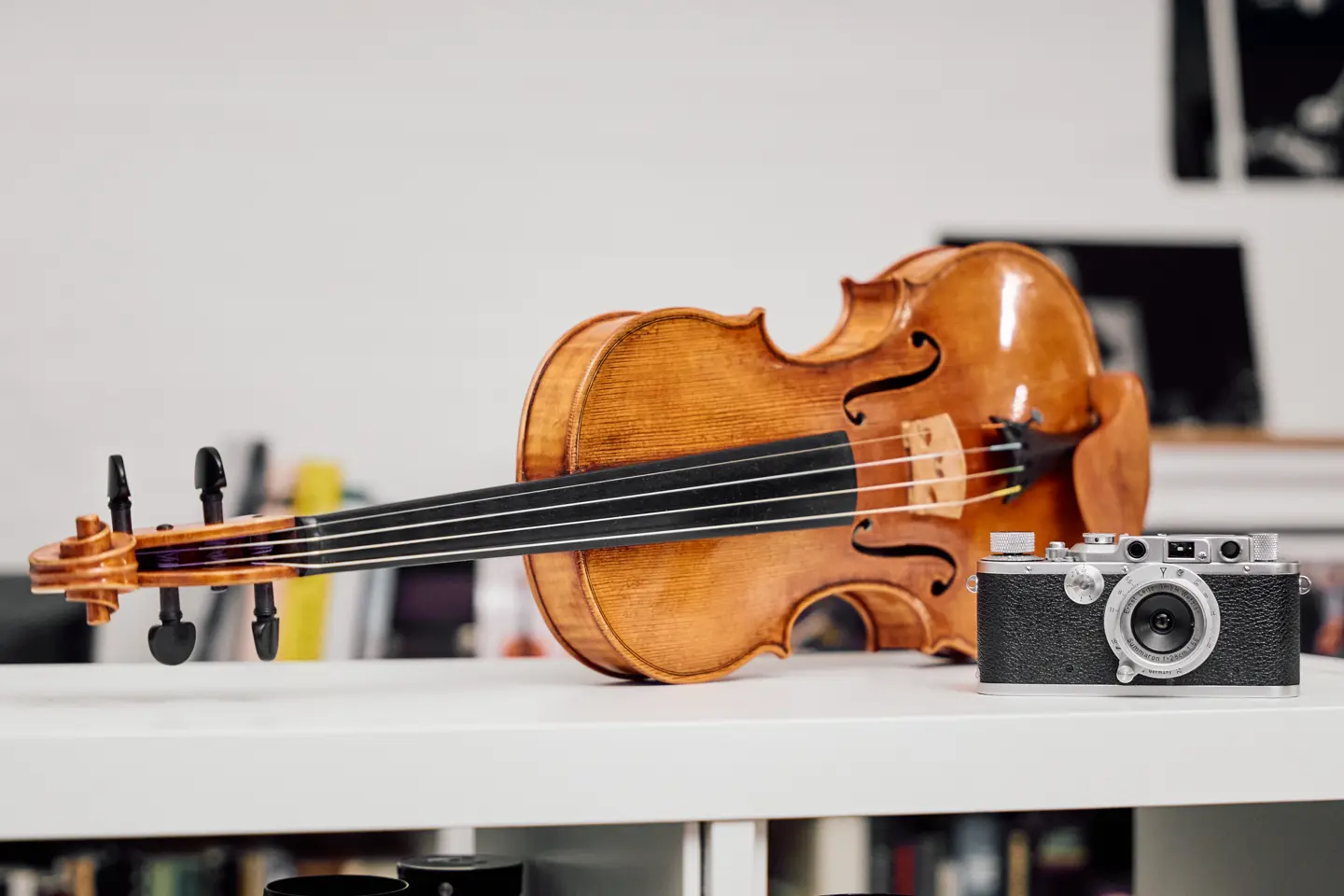
Insights into Life with the Orchestra
The violinist at the Vienna Philharmonic and Vienna State Opera Orchestra captures life with the orchestra in compelling images. His passion for Leica Pre-Owned and vintage models is testament to how precision and character can transform historical tools into trusted timeless companions. This means Hedenborg is keeping history alive – while also breathing new life into it.
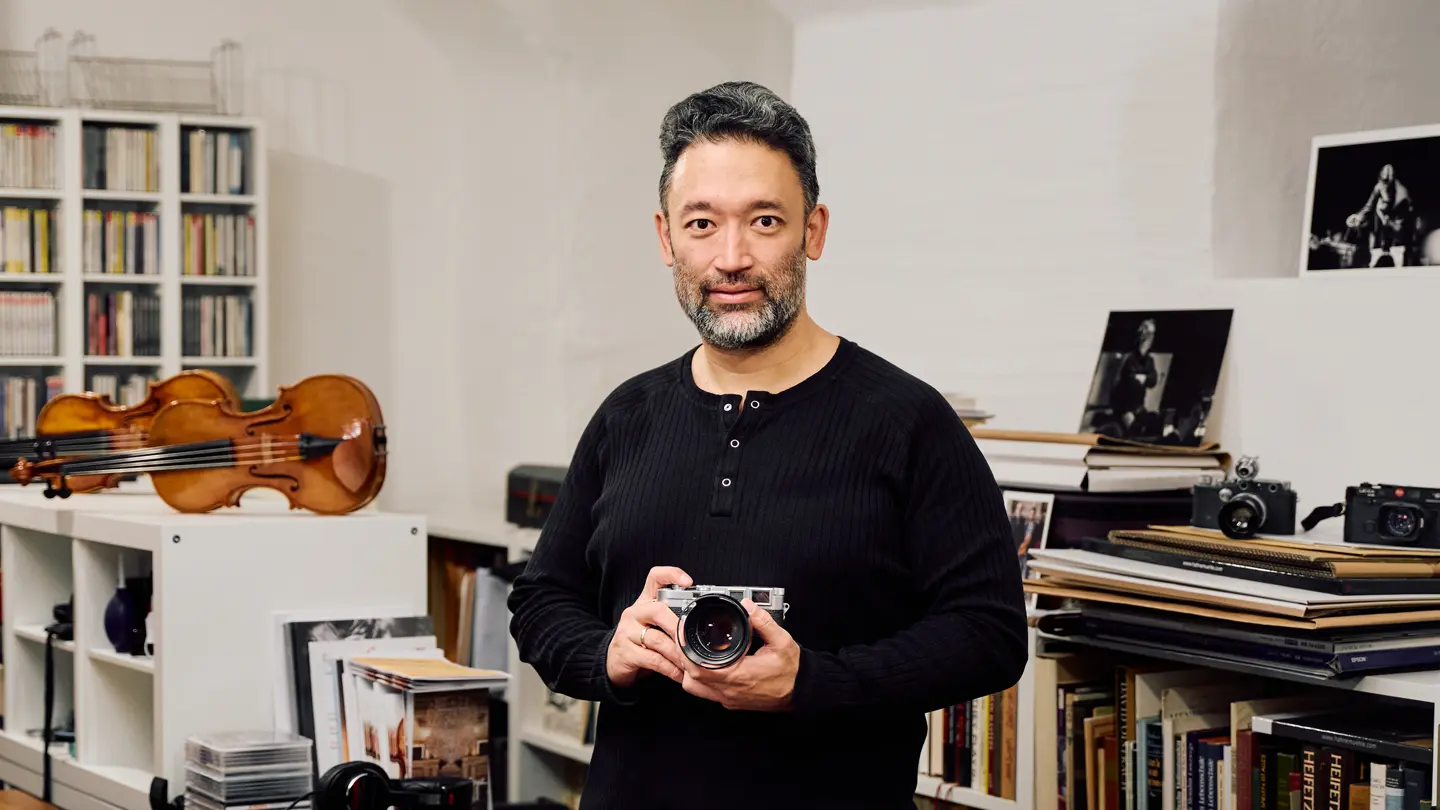
Music plays a starring role in your life – quite literally. You started having violin lessons with your father at the age of six, and today you play the first violin with both the Vienna State Opera Orchestra and the Vienna Philharmonic. During your studies, you also took up photography, initially focusing on street and architecture photography, and later, alongside your fellow musicians, turning to portrait and documentary photography. Did this familiar environment make it easier for you to get into photography?
At first, I found it difficult to point the camera at my fellow musicians. It was only through making music together — because communicating non-verbally, perceiving each other’s feelings, breathing as one and using musical arcs is essential in this field — that we forged the right relationship. It took a lot of time and an extra layer of trust before I felt ready to start snapping. Initially, I just brought the camera along with me; then, I began using it during rehearsal breaks, and finally, it came to rehearsals with me as well.
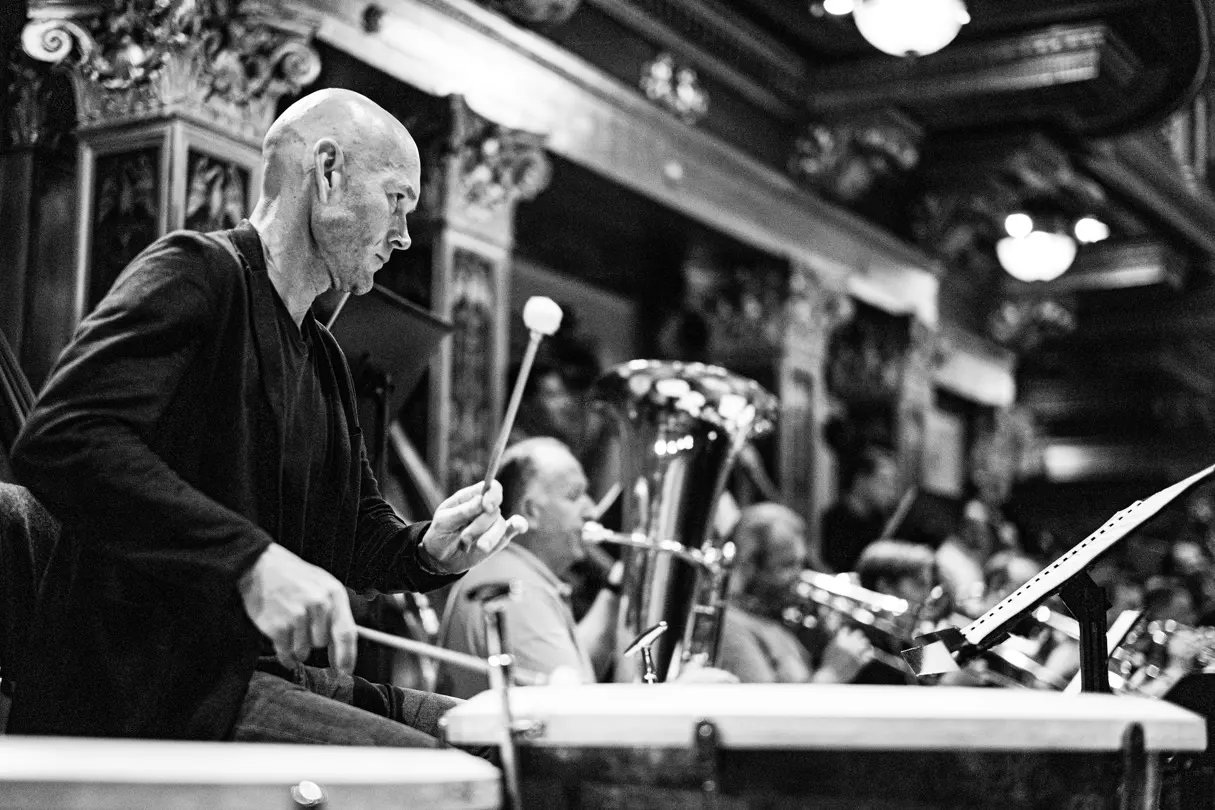
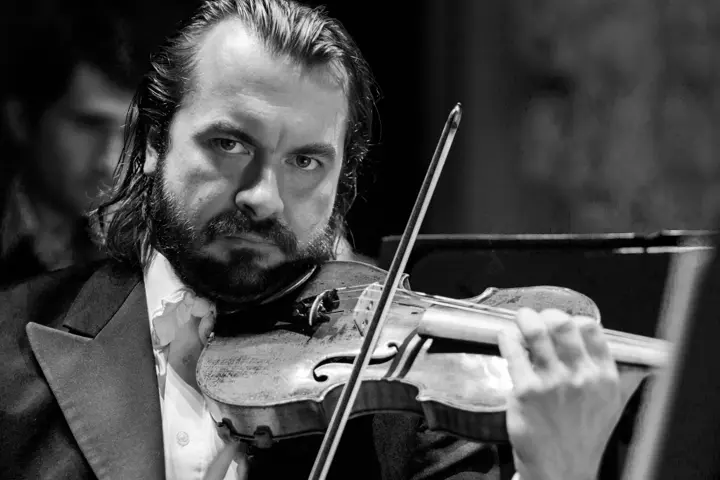
Many photographers see their camera as an instrument through which they can share the way they perceive the world with others. Do you see any parallels between music and photography?
My teacher told me, “Treat your violin well and it will treat you well on stage”. Mastering the instrument is, of course, a prerequisite, but ultimately it’s a partnership – sometimes it’s about leading, other times it’s about being led. The violin and bow become an extension of your arms and hands, while the camera becomes an extension of your eye.
You once said that you are passionate about documenting and sharing the experiences and adventures you have had with the orchestra. How do your fellow musicians and your audience react to such intimate insights into the everyday life of a musician playing with an orchestra?
A musician’s everyday life has its intimate aspects, but ultimately, we always strike up a dialogue with our audience during performances.
I first had the idea of documenting and sharing my experiences almost 25 years ago, when I was trying to supplement a fellow musician’s stories with historical photographs. I saw an opportunity to use photography, a language that, like music, knows no borders or language barriers, to record a period in the orchestra’s long history and, at the same time, tell it from my own personal perspective.
When it comes to music, I try to be faithful to the score. I don’t want to put myself in the foreground as a musician; I want to serve the art and treat the true masters with respect. Emerging from this approach, my pictures render and reproduce moments and emotions experienced together. They connect the eyes and the soul. I try to capture people as I see them every day, as I believe I know them: not posed or disguised, but true to each person’s character and situation. I hope that the pictures will not only be looked at, but also looked into and listened to.
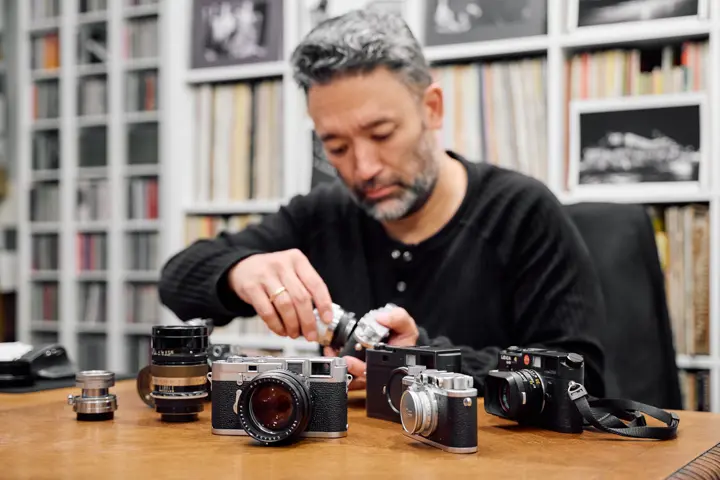
Your choice of photographic equipment reveals another aspect of your preferred approach: you like to give second-hand cameras a new lease of life. What is so special about these – as Leica calls them – pre-owned cameras?
Alongside the concept of sustainability, Leica’s quality is unrivalled and all historical cameras can be repaired at any time, making these masterpieces ideally suited for use rather than simply putting them on display.
The beauty of these pre-owned cameras lies in the fact they combine the finest craftsmanship, imaging and manufacturing quality, as well as an enthusiasm for mechanics, haptics and acoustic experience. For me, they are the epitome of trustworthy, truly reliable companions that support you in all situations.
Lenses like these have a life of their own, with their own unique character and quirks. Initially, these stand alongside seeing with the eyes as another means of expression. Then, when you consciously develop the films, they literally open your eyes — or better put, the door to your soul.
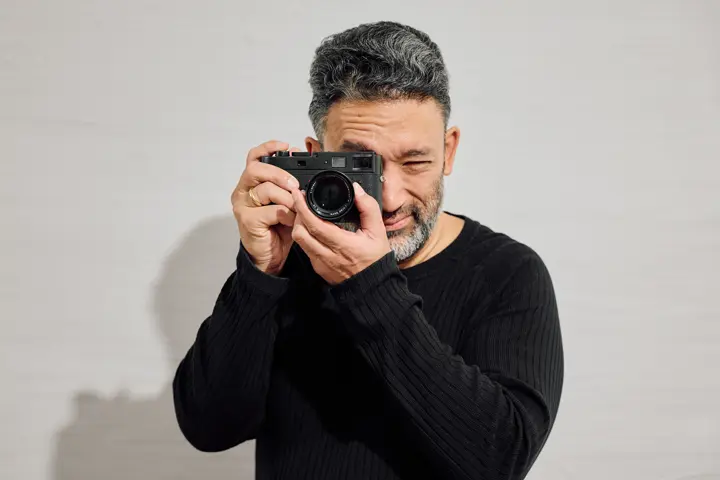
Some photographers inherit their Leica camera, while others buy it at auction or new. How did you get your cameras?
My first Leica was an M6 with a Summicron 35 mm and a 50 mm, as well as a 50 mm Elmar from 1936, which I love to work with. I received this set as a ‘permanent loan’ from someone I work with closely as a musician. This person greatly appreciates my photographic work and wanted their equipment to be actively used in my professional environment.
My beloved M3 from 1955 (the year the Vienna State Opera reopened) was passed down to me by a dear friend whose father greatly admired my work during his lifetime. This special piece was bequeathed to me alongside a ‘retractable Summicron 50 mm’ and has been a faithful companion for my M6 ever since.
Apart from my first Leica Monochrom from 2012, which I bought new, I purchased all the other cameras and lenses at auctions or ‘found’ them at the Leica Classic Store here in Vienna, including a beautiful IIIa and a IIIf from 1955, as well as a grey IIIc, which I use a lot, and countless lenses.
Leica particularly likes to talk about the very special Leica Look achieved with the rangefinder system. This applies regardless of whether it’s an older lens or a “redesigned lens”. How carefully do you choose your lenses?
My choice of focal length is often dictated by where I sit as a musician in the orchestra. Other strong influences are the location, light, type of lighting and person who appears in the aforementioned conditions. Taking these aspects into account, as well as the music playing and how I feel about it, I’m drawn to a lens that feels right in that moment.
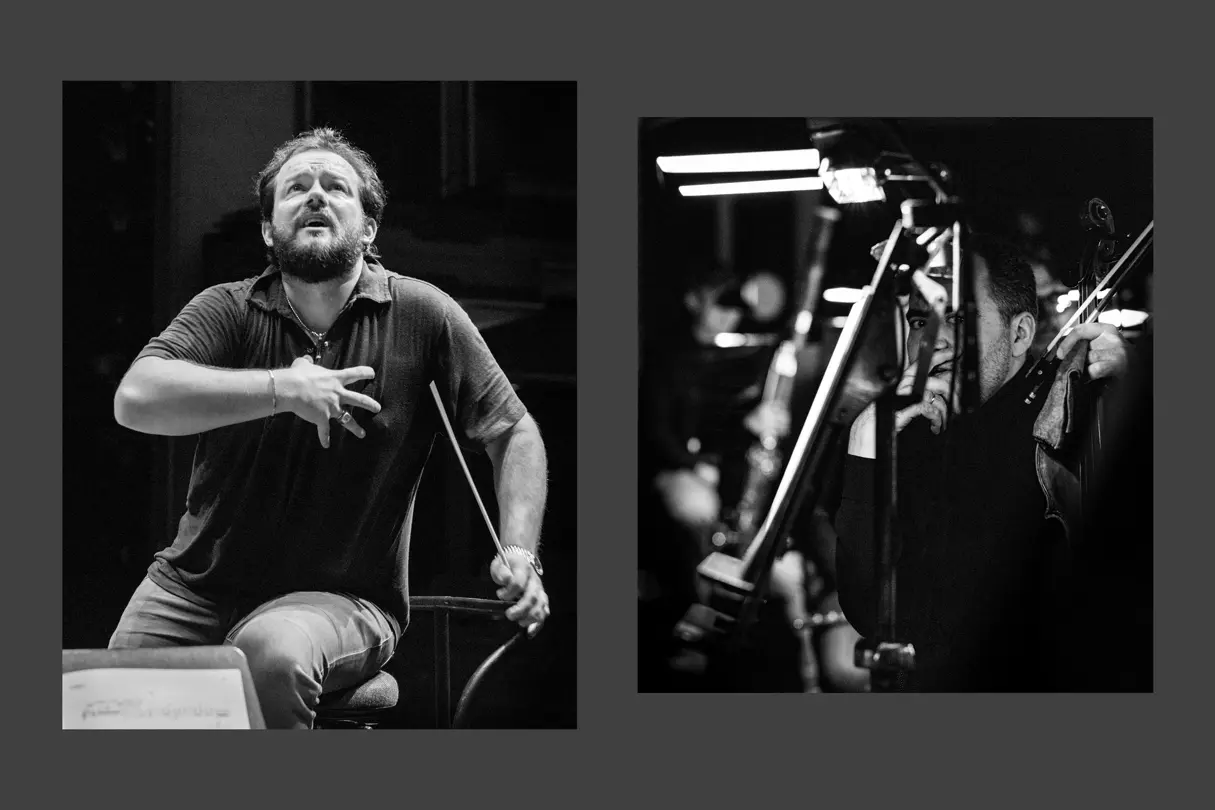
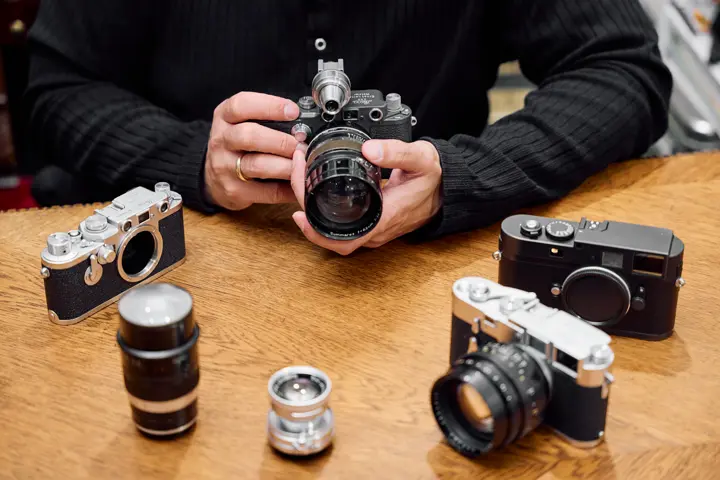
Do you have a favourite combination of pre-owned camera and lens that you like to use for your shoots? What is it, and what is the story behind it?
The f1 Noctilux is really close to my heart and truly unique. In extreme lighting conditions, such as harsh stage lighting and constant darkness, I can always rely on the Noctilux to capture conductors and fellow musicians set in the special atmosphere of the pit/stage as I know, see and experience it.
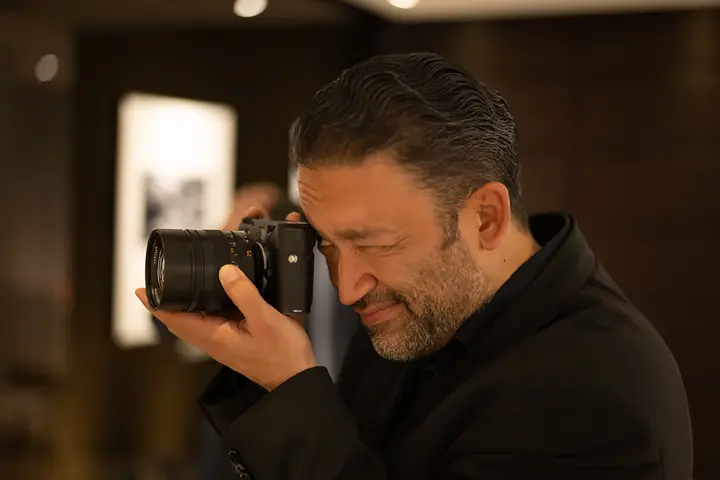
About Wilfried Hedenborg:
Born in Salzburg in 1977, Wilfried Hedenborg trained as a child violinist and studied this instrument at the Mozarteum University and the Vienna Conservatory. In the 1990s, he won numerous international competitions, including “Jugend musiziert”, “Alpe-Adria” and “Concours R. Ricci”. He has been a member of the Vienna State Opera Orchestra since 2001 and joined the Vienna Philharmonic Orchestra in 2004. He performs as a soloist, chamber musician and with orchestras on the concert stage. Alongside his career as a musician, the Salzburg native has been passionate about analogue and digital photography since a very early age. He prefers to photograph in black and white using historical cameras and lenses. His work has been exhibited in Vienna, Salzburg and Tokyo, among other places. Further exhibitions are planned for 2026.
About Leica Classic:
In addition to current camera models and accessories, Leica’s diverse product range includes numerous vintage and pre-owned devices. These products are combined in the Leica Classic division and offered at Leica Stores around the world, as well as online in the Leica Classic Marketplace. Each product comes with an exclusive product guarantee and is checked by Leica experts prior to being sold, who will repair it if necessary. Leica Classic embodies the spirit of sustainability by providing tools that connect generations and will continue to tell stories for years to come.
